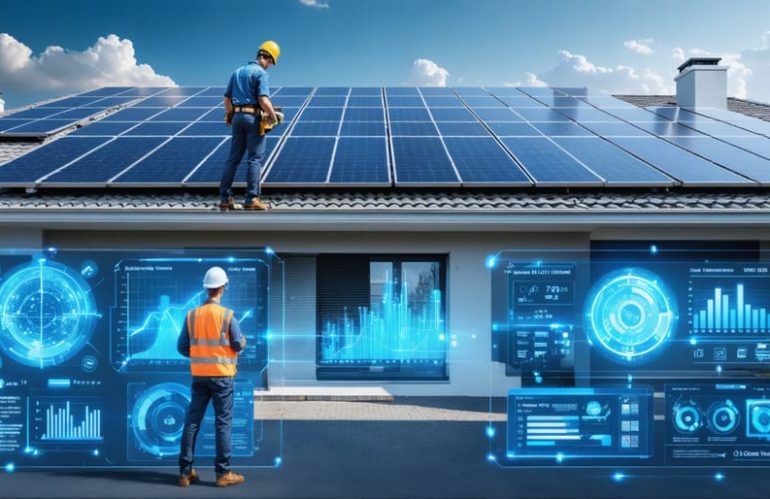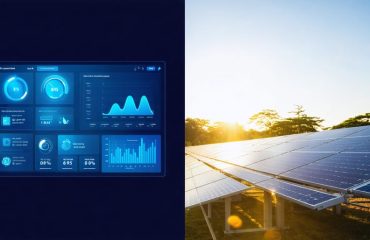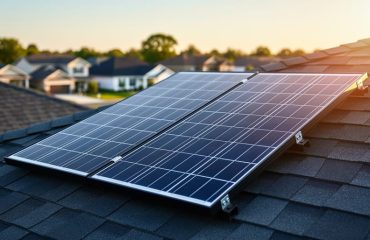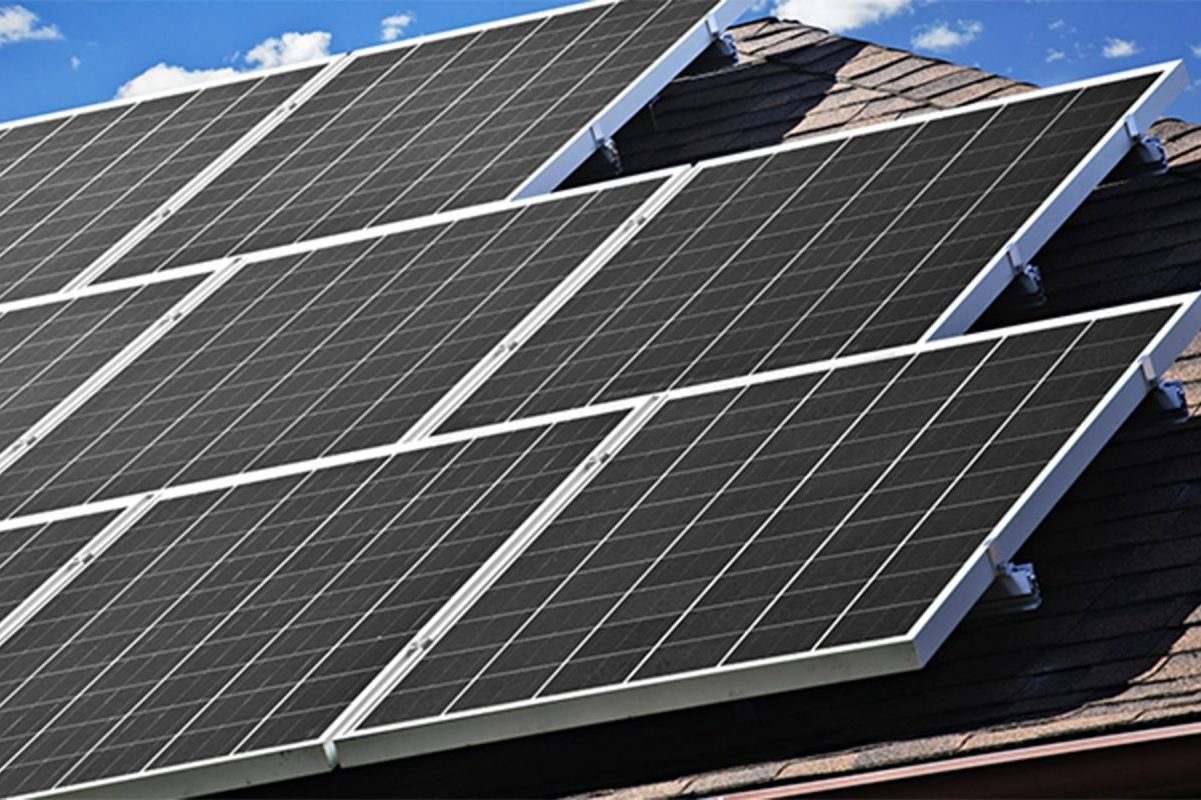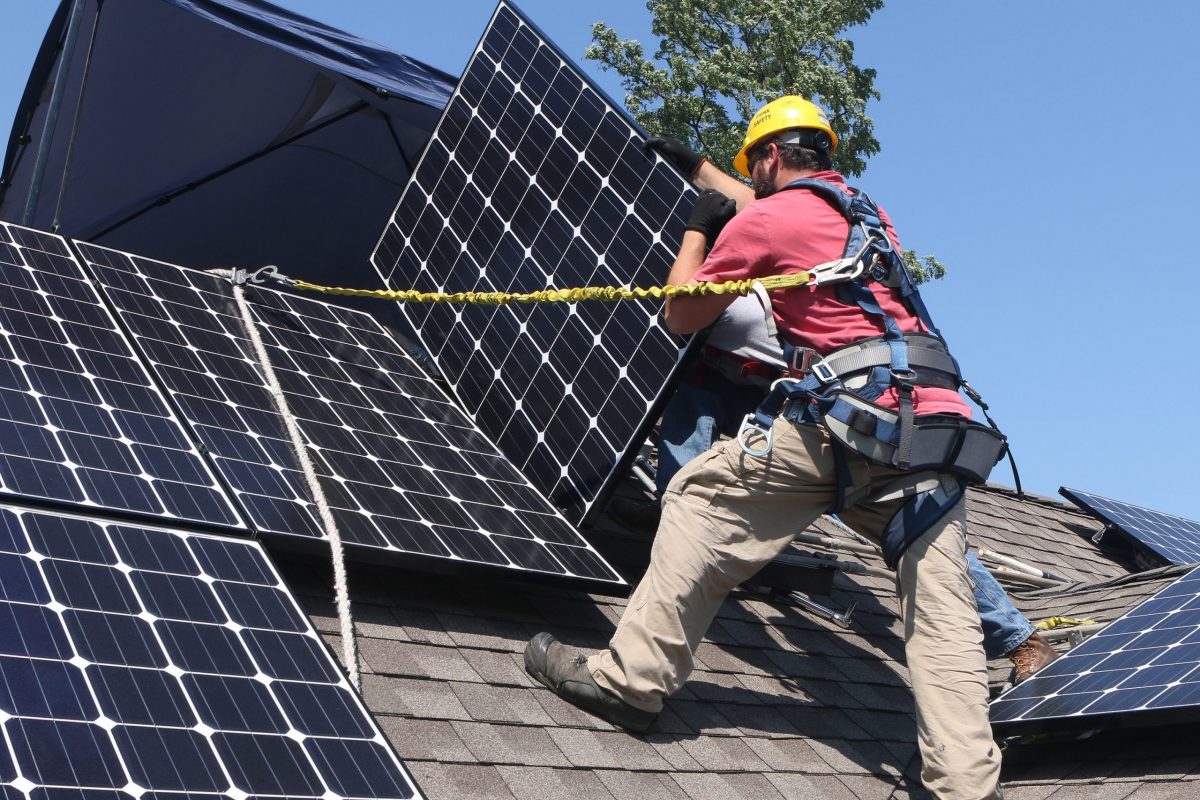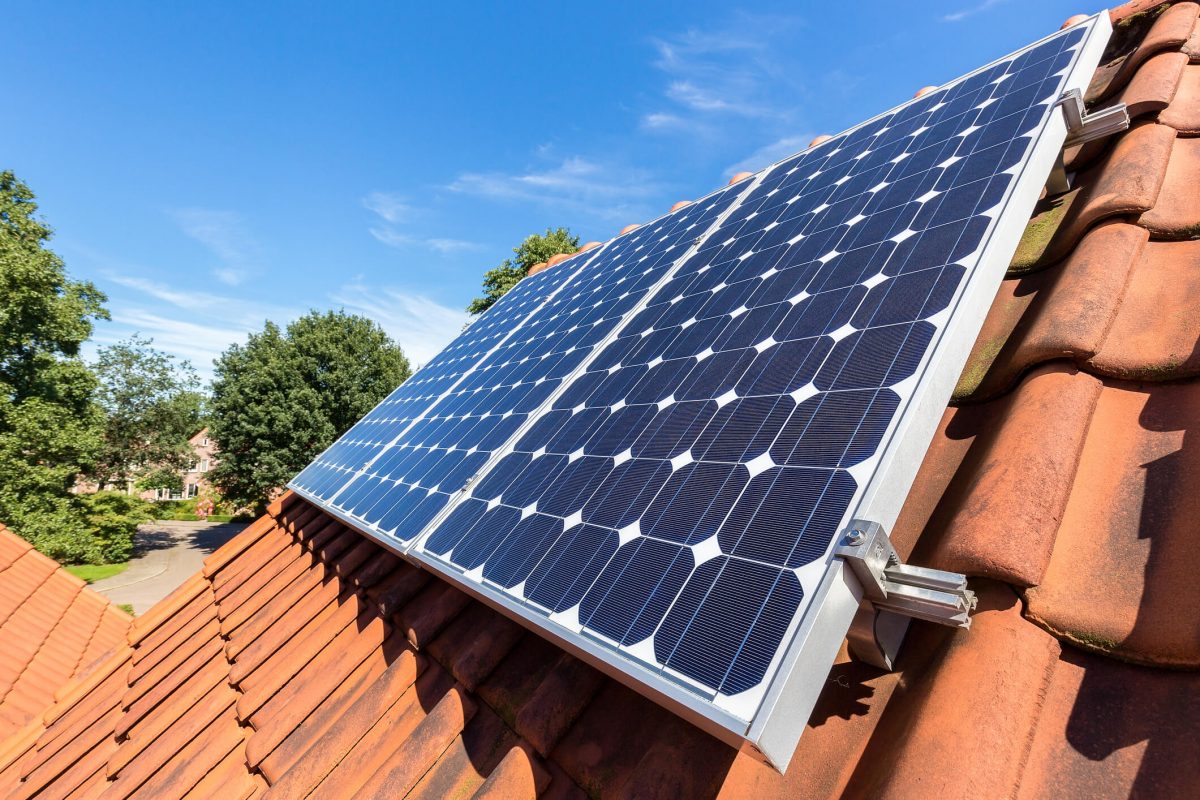Quality control costs represent a critical investment in your home’s sustainable future, not just another expense on your balance sheet. Smart homeowners recognize that strategic spending on quality assurance actually saves money by preventing costly repairs and system failures down the road. While initial quality control measures might seem expensive, they typically account for only 2-3% of total project costs while potentially preventing 15-25% in future repair expenses.
Understanding these costs helps you make informed decisions about your home’s sustainable features. From solar panel installation inspections to regular maintenance checks, quality control encompasses everything from material testing to performance monitoring. The key is finding the sweet spot between thorough oversight and cost-effectiveness, ensuring your sustainable investments deliver maximum value without breaking the bank.
By implementing systematic quality control measures early, homeowners can protect their investment while maintaining optimal system performance. This proactive approach not only ensures peace of mind but also maximizes the return on your sustainable home improvements through enhanced efficiency and longer system life.
Why Quality Control Matters in Solar Panel Maintenance
The Real Cost of Poor Quality Control
Poor quality control practices can lead to significant financial burdens that extend far beyond initial savings. When homeowners overlook regular inspections and maintenance, they often face escalating lifecycle maintenance costs that could have been avoided. For example, failing to address minor panel degradation early can result in a 20-30% decrease in energy production, directly impacting your utility savings.
The ripple effect of inadequate quality measures extends to system longevity and warranty coverage. Many manufacturers’ warranties become void when proper maintenance protocols aren’t followed, leaving homeowners vulnerable to expensive repairs or replacements. Additionally, poorly maintained systems often require emergency repairs, which typically cost 2-3 times more than scheduled maintenance.
Beyond immediate financial impacts, subpar quality control can affect your home’s resale value. Prospective buyers increasingly scrutinize maintenance records and system performance data, making well-documented quality control measures a valuable selling point. By investing in proper quality control now, you’re not just protecting your current investment – you’re securing its future value.
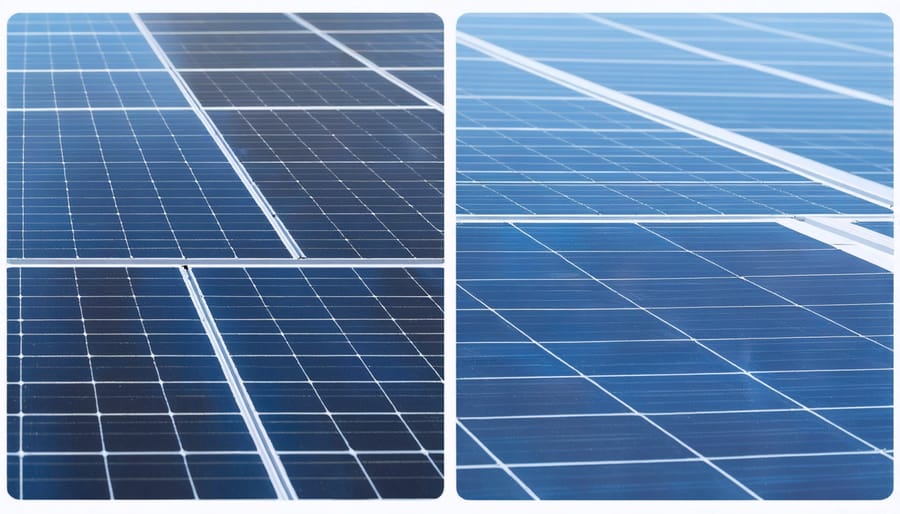
Environmental Impact of Quality Shortcuts
When companies take shortcuts in quality control, the environmental impact can be significant and far-reaching. Poor quality products often have shorter lifespans, leading to premature replacement and increased waste in landfills. This creates a cycle of excessive resource consumption and manufacturing emissions that could have been avoided with proper quality measures.
Consider a solar panel installation where corners are cut during quality checks. Defective panels might operate at reduced efficiency, requiring more energy from the grid and defeating their environmental purpose. Even worse, these panels might need early replacement, doubling the carbon footprint of materials and manufacturing.
The ripple effects extend beyond immediate waste. Substandard products often require more maintenance, using additional resources and chemicals for repairs. They may also consume more energy during operation, increasing their lifetime carbon footprint. In manufacturing facilities, poor quality control can lead to increased material waste, water pollution from rejected products, and higher energy consumption from repeated production runs.
By investing in thorough quality control, businesses and consumers can support sustainability goals while enjoying long-term cost savings. It’s a prime example of how environmental responsibility and economic efficiency go hand in hand.
Essential Quality Control Measures That Save Money
Pre-Installation Inspections
Pre-installation inspections serve as the foundation for effective quality control in solar panel systems. These initial checks help prevent costly issues down the line while ensuring optimal system performance. Professional installers follow essential inspection procedures to evaluate roof integrity, electrical systems, and structural requirements before installation begins.
These preliminary assessments typically include roof condition analysis, shade studies, and electrical compatibility checks. By identifying potential problems early, homeowners can avoid unexpected expenses and ensure their solar investment delivers maximum returns. The inspection process also verifies compliance with local building codes and manufacturer specifications, protecting both the warranty and system efficiency.
While pre-installation inspections may seem like an added expense, they typically represent just 1-2% of total project costs and can prevent issues that might otherwise lead to significant repairs or reduced system performance. Many installers include these inspections as part of their standard installation package, making them a cost-effective quality control measure.
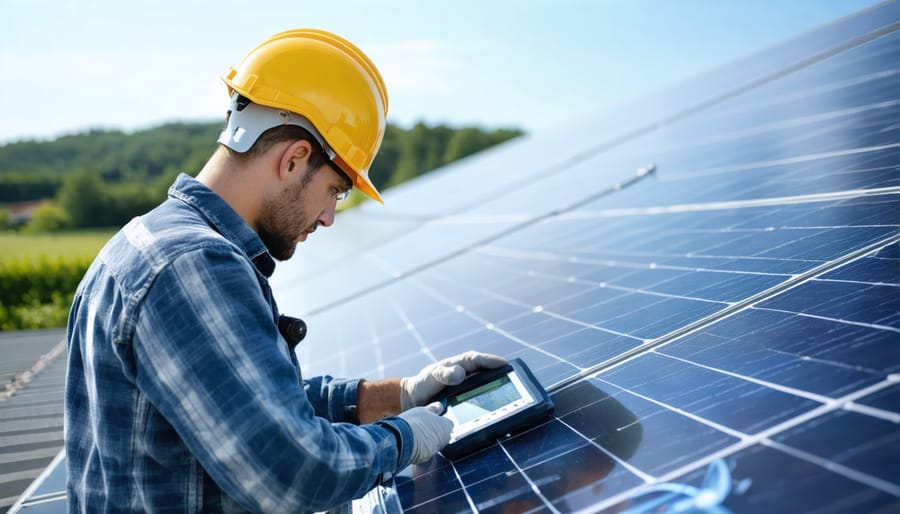
Installation Process Controls
Quality control during installation is crucial for ensuring long-term performance and cost savings. Professional installers follow a comprehensive checklist that includes proper equipment placement, secure mounting, and thorough electrical connections. These controls typically involve multiple inspection points, from initial roof assessment to final system testing.
A key aspect is the verification of component compatibility and proper spacing for ventilation. Installers document each step with photos and measurements, creating a quality assurance record that homeowners can reference. They also perform real-time testing of electrical connections and grounding systems to prevent future maintenance issues.
Quality measures during installation often include weather sealing verification, structural integrity checks, and system performance baseline establishment. While these controls may add to initial costs, they significantly reduce long-term expenses by preventing common installation-related problems and ensuring optimal system efficiency from day one.
Regular quality checks during installation help maintain warranty validity and ensure compliance with local building codes and safety standards.
Post-Installation Verification
After installation, several key quality checks ensure your system performs optimally and safely. Your installer should conduct a thorough visual inspection, checking all connections, mounting hardware, and electrical components. This includes verifying proper wire management, ensuring weatherproof seals, and confirming that all safety labels are in place.
Performance testing typically involves monitoring the system’s output over several days to confirm it meets expected production levels. Your installer should provide detailed documentation of these tests, including baseline performance metrics and power generation data. They’ll also verify that your monitoring system is properly connected and displaying accurate information.
A comprehensive post-installation checklist should include testing the shutdown procedures, checking inverter settings, and confirming proper grid connection. Your installer should walk you through basic system operations and provide clear documentation of all warranty information and maintenance requirements.
Remember to keep all verification documents, as they’re essential for warranty claims and may be required for insurance purposes. A proper post-installation verification process helps ensure your investment delivers the expected energy savings and performance for years to come.
Smart Investment in Quality Control
ROI of Quality Control Measures
Implementing quality control measures in solar panel maintenance yields significant financial returns, as shown in our comprehensive maintenance ROI analysis. Homeowners who invest in regular quality checks typically see a 15-20% reduction in long-term repair costs and a 10-15% increase in system efficiency. These measures help prevent costly emergency repairs, which can cost up to five times more than scheduled maintenance.
Early detection of issues through quality control saves an average of $2,000-3,000 in potential damage repairs per incident. Additionally, maintaining optimal system performance through regular quality checks ensures maximum energy production, leading to higher utility savings. Most homeowners recover their quality control investments within 2-3 years through reduced repair costs and improved system efficiency.
The environmental benefits are equally impressive, as well-maintained systems typically last 5-7 years longer than poorly maintained ones, reducing waste and replacement needs.
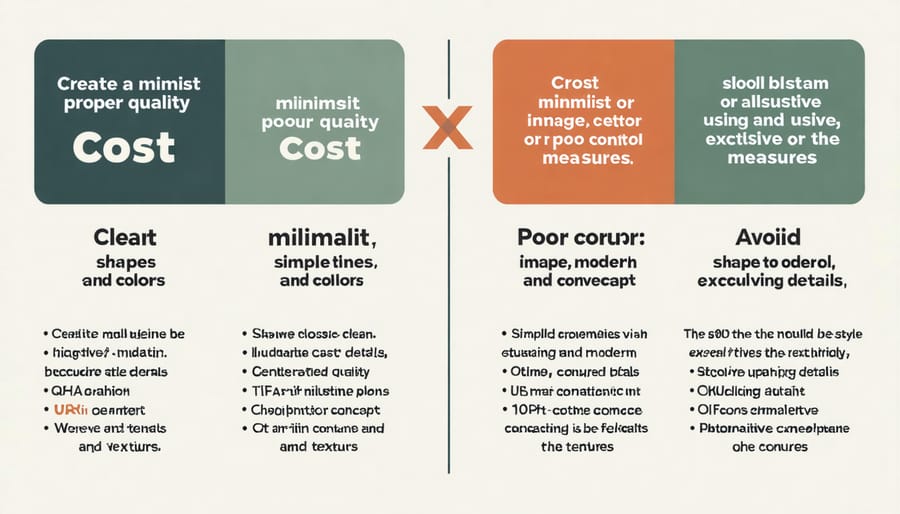
Future-Proofing Your Investment
Quality control investments today safeguard your system’s performance for years to come. Regular inspections and maintenance prevent small issues from becoming costly problems, while comprehensive testing ensures optimal energy production throughout your system’s lifetime. By implementing proper quality control measures, you’re not just maintaining current performance – you’re protecting your long-term investment.
Think of quality control as an insurance policy for your sustainable energy system. It helps maintain peak efficiency, extends equipment lifespan, and preserves warranty coverage. Most importantly, it ensures consistent energy savings year after year. Studies show that systems with regular quality control checks maintain up to 95% of their original efficiency even after a decade of operation.
Smart monitoring systems and preventive maintenance schedules help identify potential issues before they impact performance. This proactive approach not only saves money in the long run but also guarantees reliable energy production for decades to come. Remember, the small cost of quality control today prevents major expenses tomorrow.
Quality control costs are an essential investment in maintaining sustainable systems, but they don’t have to break the bank. By implementing regular inspections, preventive maintenance, and proper documentation, homeowners can significantly reduce long-term expenses while ensuring optimal performance of their sustainable installations.
Remember that proactive quality control is always more cost-effective than reactive repairs. Start with a solid maintenance schedule, keep detailed records of all inspections and repairs, and don’t hesitate to invest in professional assessments when needed. This approach typically saves 20-30% on long-term maintenance costs while extending the lifespan of your sustainable systems.
Consider implementing a simple three-step quality control strategy: regular visual inspections, seasonal professional check-ups, and performance monitoring through smart devices. This balanced approach helps maintain high standards without excessive spending.
By focusing on prevention rather than cure, and combining DIY monitoring with professional expertise, you can create an effective quality control system that protects your investment while keeping costs manageable. The key is consistency and attention to detail, rather than expensive one-time solutions.

